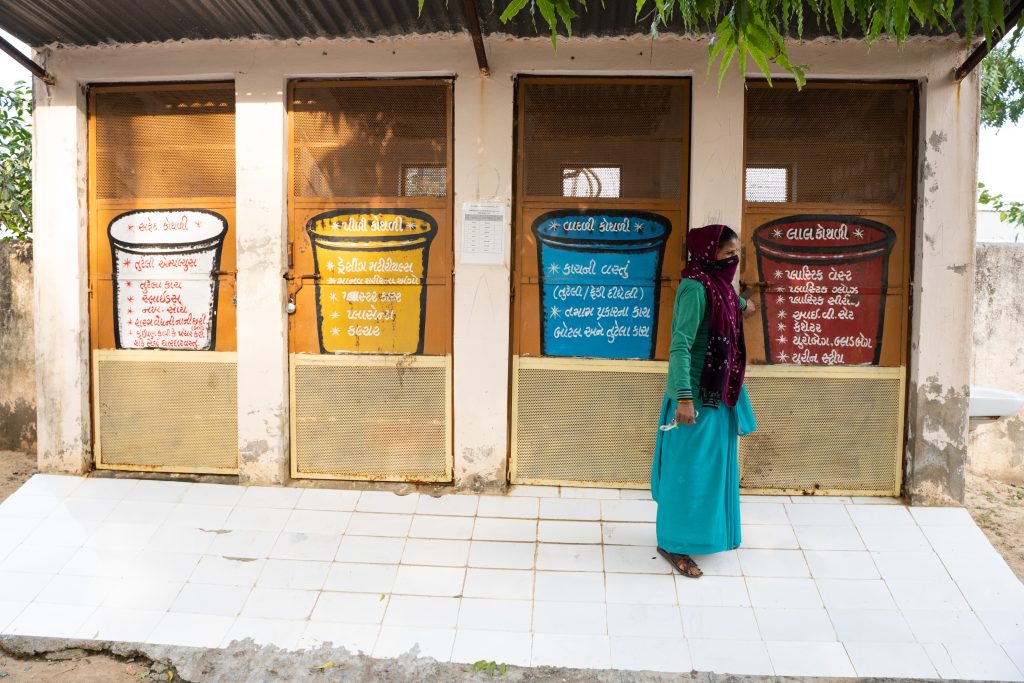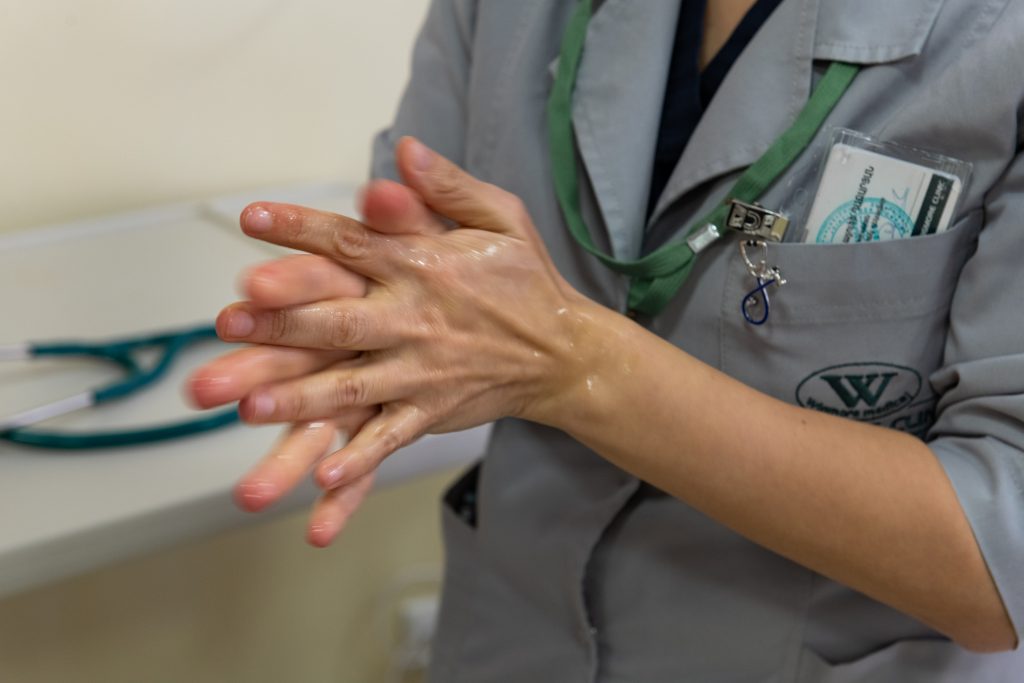The Issue
Latest WHO/UNICEF data show that there are major global gaps in water, sanitation and hygiene (WASH) services in health care facilities.

Latest WHO/UNICEF data show that there are major global gaps in water, sanitation and hygiene (WASH) services in health care facilities.

Across the world’s 46 least-developed countries, the problem is even greater: half of health care facilities lack basic water services. Furthermore, the extent of the problem remains hidden because major gaps in data persist, especially on environmental cleaning.
WASH services in health care facilities, so often taken for granted, are needed more than ever to protect vulnerable patients and health workers.
of health care facilities
have basic water services
of health care facilities have basic hygiene services
of health care facilities have basic sanitation services
of health care facilities have basic health care waste management services
countries have basic water data (increase from 52 in 2020)
countries have basic hand hygiene data (increase from 21 in 2020)
countries have basic sanitation data (increase from 27 in 2020)
countries have basic healthcare waste management data (increase from 58 in 2020)
Countries should undertake efforts at the sub-national and national level to implement the eight practical steps, and in particular:

By 2021, all countries have completed situational analyses
By 2026, 75% of countries have standards which seek to provide the safest and most climate resilient, low-carbon sustainable services
By 2023, all countries have included WASH in health plans, budgets, and implementation efforts
By 2026, 80% of countries are implementing costed roadmaps with regular, dedicated resourcing